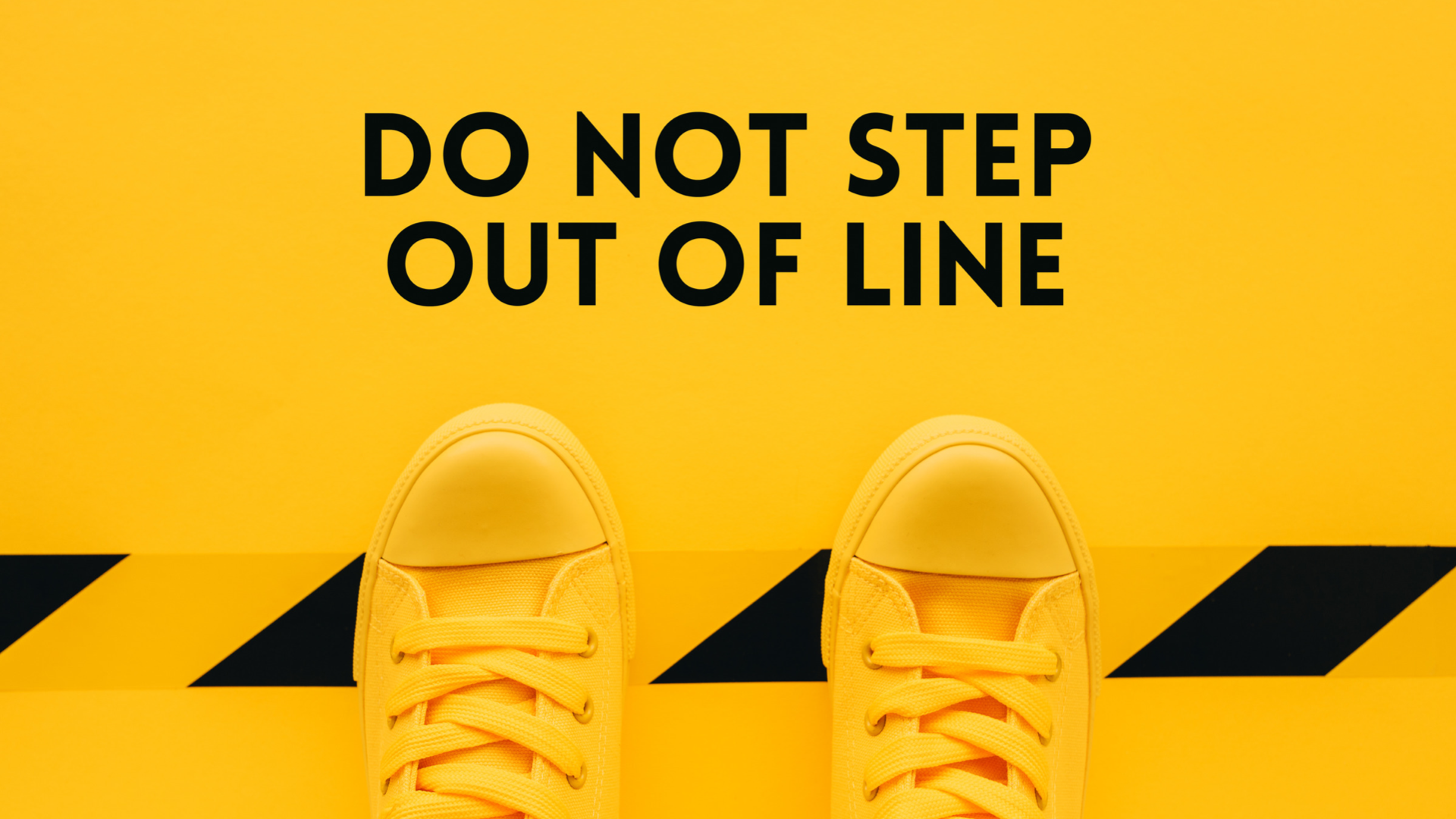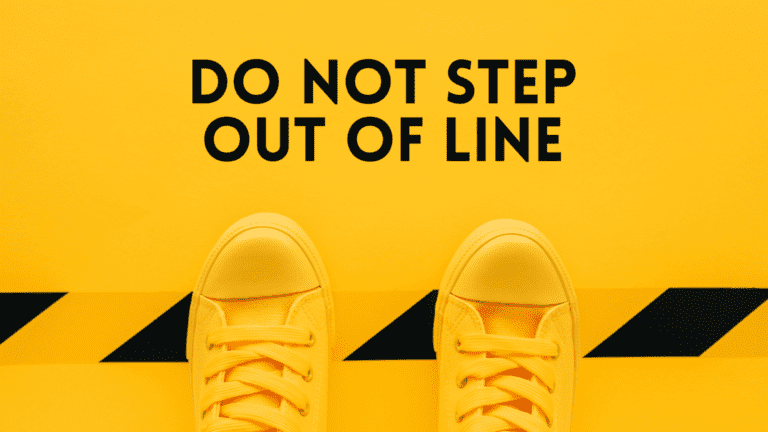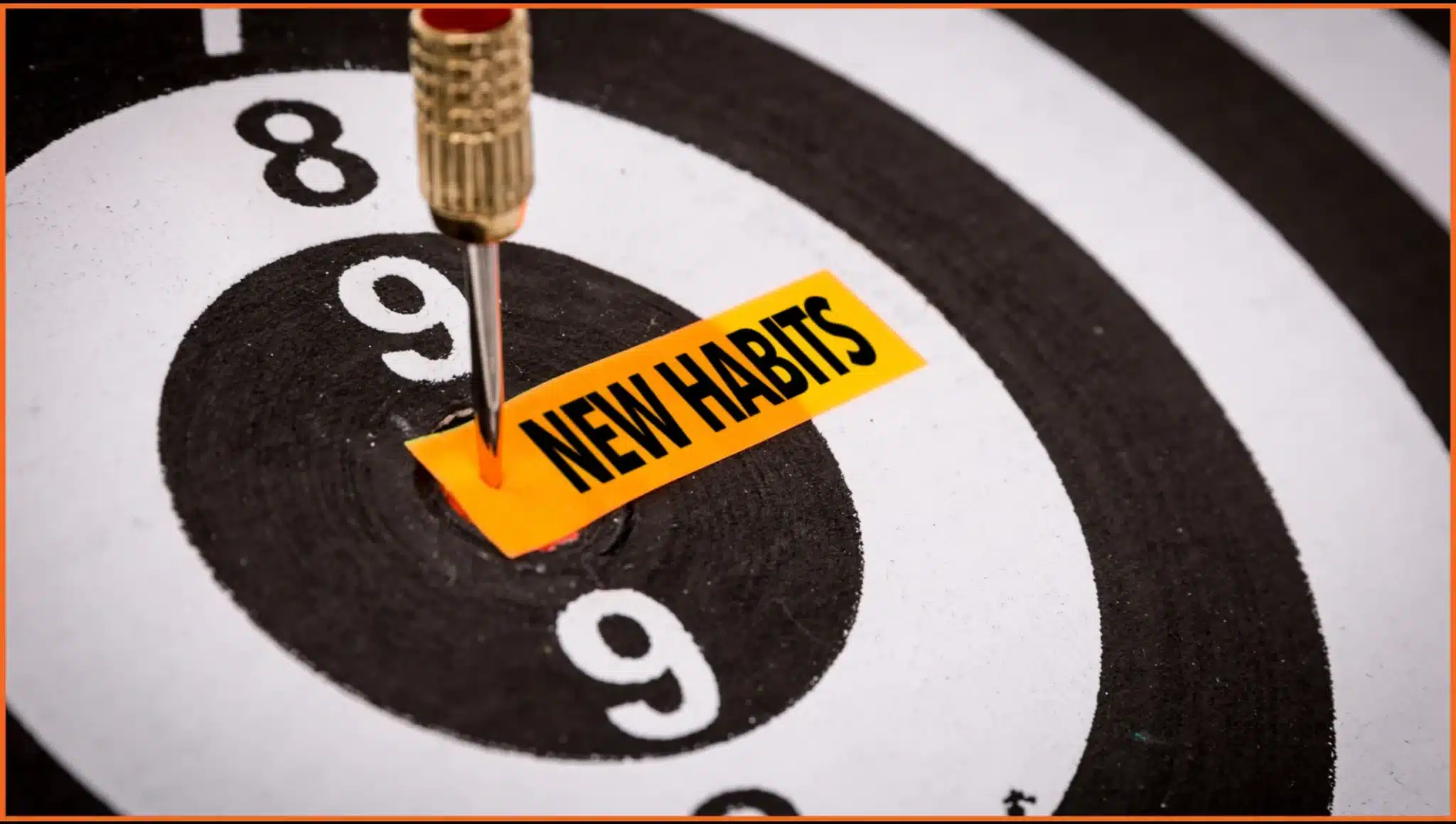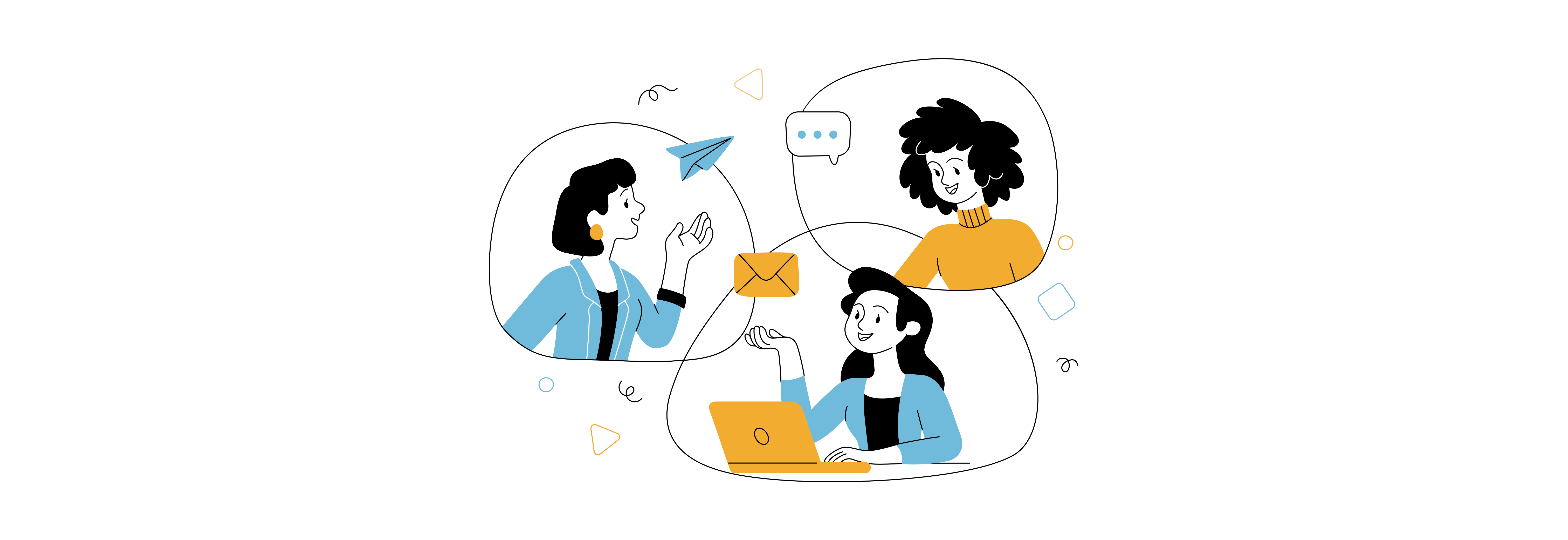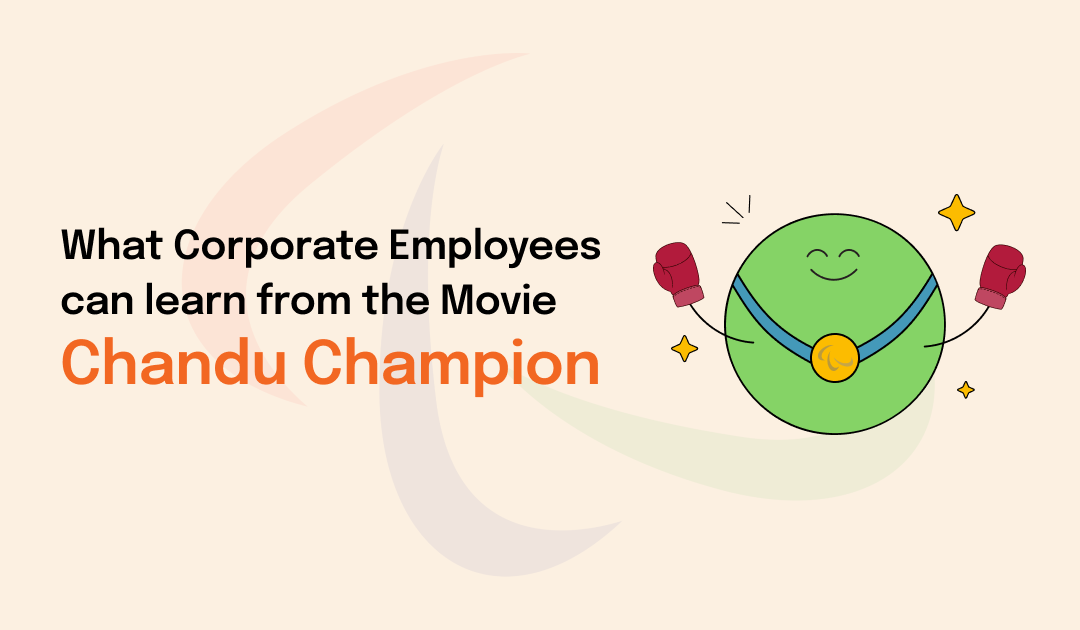Introduction: Unlocking Creativity and Employee Growth
Table of Contents
At FocusU, we have worked with countless teams across industries, and one of the biggest barriers to success we have observed is mental blocks. These are subconscious limitations that hinder employee adaptability, creativity, and resilience in the workplace.
Roger Von Oech, in his book A Whack on the Side of the Head, introduces the idea of “mental locks”— attitudes or beliefs that gradually turn into conditioning and limit our ability to think creatively.
In our experience, the most innovative and high-performing teams are those that challenge these mental blocks. They actively foster an employee growth mindset, encouraging individuals to question norms, explore new ideas, and embrace change.
With today’s dynamic work environment, organizations need to cultivate a culture of employee resilience and adaptability. This starts with identifying and breaking mental blocks that prevent creative problem-solving, decision-making, and collaboration.
Here are 10 common mental blocks to watch out for — and how to overcome them to unlock greater creativity and innovation in the workplace.
1) The Right Answer
“There is always one correct answer.”
We can blame this belief on our education system, which conditioned us to look for one right answer rather than explore multiple solutions. While standardized testing and competitive exams reinforce this mindset, real-world challenges rarely have a single perfect solution.
In our experience, organizations that foster an employee growth mindset encourage employees to ask:
- “What are three different solutions to this problem?”
- “What is another way to approach this situation?”
Workplace Takeaway:
Instead of looking for one perfect solution, teams should brainstorm multiple approaches. This not only enhances problem-solving skills but also strengthens employee creativity and collaboration.
2) That’s Not Logical
“Everything must follow a logical pattern.”
While structured thinking is valuable, it can also limit innovation and creative breakthroughs. Some of the most groundbreaking ideas in history — like Einstein’s Theory of Relativity — originated from intuitive leaps rather than purely logical reasoning.
We have noticed that organizations that balance analytical thinking with creative intuition foster more innovation.
Workplace Takeaway:
Encourage employees to trust their instincts and embrace ambiguity when solving problems. Great ideas often emerge from unexpected places!
3) Follow The Rules
“This is how things have always been done.”
Rules provide structure, but when rigidly followed, they can become obstacles to progress and innovation. Many legacy organizations have struggled because they resisted change and adaptation.
A prime example is Kodak, which failed to embrace digital photography, leading to its downfall.
Workplace Takeaway:
Organizations that prioritize employee adaptability create a culture of experimentation and calculated risk-taking. Employees should be encouraged to challenge outdated practices and propose new ways of working.
4) Be Practical
“If it’s not practical, it’s not worth exploring.”
Many groundbreaking discoveries were initially dismissed as impractical. If bold thinkers like Steve Jobs, Elon Musk, or Richard Branson had followed this belief, we wouldn’t have seen innovations like the iPhone, Tesla, or commercial space travel.
In our leadership workshops, we encourage participants to explore ‘impractical’ ideas — because often, that’s where innovation begins.
Workplace Takeaway:
Encourage employees to think beyond practicality. The most game-changing innovations start as ideas that seem too ambitious or unrealistic at first.
5) Play Is Frivolous
“Don’t just play around!”
This one sentence has been hammered into our thinking for far too long. And yet, if you ask people, when do they get their best ideas? Often, it is when they are relaxed and playing; Because play gives us a license to try different approaches without the fear of penalty. History is replete with discoveries all done when someone was playing around!
Indulge in play.
Related Read: 5 Steps for using Experiential Learning with Power of Play
6) That’s Not My Area
“I should only focus on my department’s work.”
Siloed thinking prevents cross-functional collaboration and innovation. Some of the biggest corporate failures happened because teams refused to collaborate across departments.
Companies with strong internal collaboration see higher innovation and adaptability rates.
Workplace Takeaway:
Encourage a culture of knowledge-sharing. Employees should feel empowered to contribute ideas beyond their direct job roles.
Related Read: Why Cross-Functional Collaboration Is Essential for Your Company
7) Don’t Be Foolish
“Standing out makes you look silly.”
Society often discourages people from taking risks or voicing unconventional ideas. However, the most successful innovators — from Elon Musk to Oprah Winfrey — were once considered ‘foolish’ for their ideas.
We have noticed that companies that encourage bold thinking and risk-taking create the most disruptive innovations.
Workplace Takeaway:
Leaders must create a psychologically safe environment where employees feel comfortable expressing unconventional ideas.
8) Avoid Ambiguity
“Uncertainty is uncomfortable, so avoid it.”
Many people fear ambiguity, but adaptability requires embracing uncertainty. Agile workplaces thrive by navigating uncertainty rather than avoiding it.
Developing an employee adaptability mindset helps teams manage rapid change effectively.
Workplace Takeaway:
Encourage employees to become comfortable with ambiguity — the best decisions are often made without complete information.
9) To Err Is Wrong
“Failure means incompetence.”
Fear of failure stifles innovation. Many of the world’s most successful leaders—like Jeff Bezos and Sara Blakely—view failure as essential for growth.
We encourage employees to see failure as feedback, not a setback.
Workplace Takeaway:
Organizations must foster a failure-tolerant culture where employees feel safe to experiment and learn from mistakes.
Related Read: How To Challenge Your Fears?
10) I Am Not Creative
“Creativity is for artists, not business professionals.”
This is one of the biggest myths that limits employee creativity. Creativity isn’t just for artists — it’s about problem-solving, innovation, and adaptability.
We have noticed that when employees are encouraged to explore their creativity, they become more engaged and proactive.
Workplace Takeaway:
Encourage employees to challenge this belief and explore their creative potential.
Final Thoughts: Cultivating an Adaptive and Creative Workplace
Mental blocks are barriers to success, but awareness is the first step toward overcoming them.
In our experience, the most resilient and high-performing employees are those who actively work on breaking these mental barriers.
What’s Your Next Step?
Which of these mental blocks do you identify with? How do you plan to overcome them?
Drop a comment below and share your thoughts!
